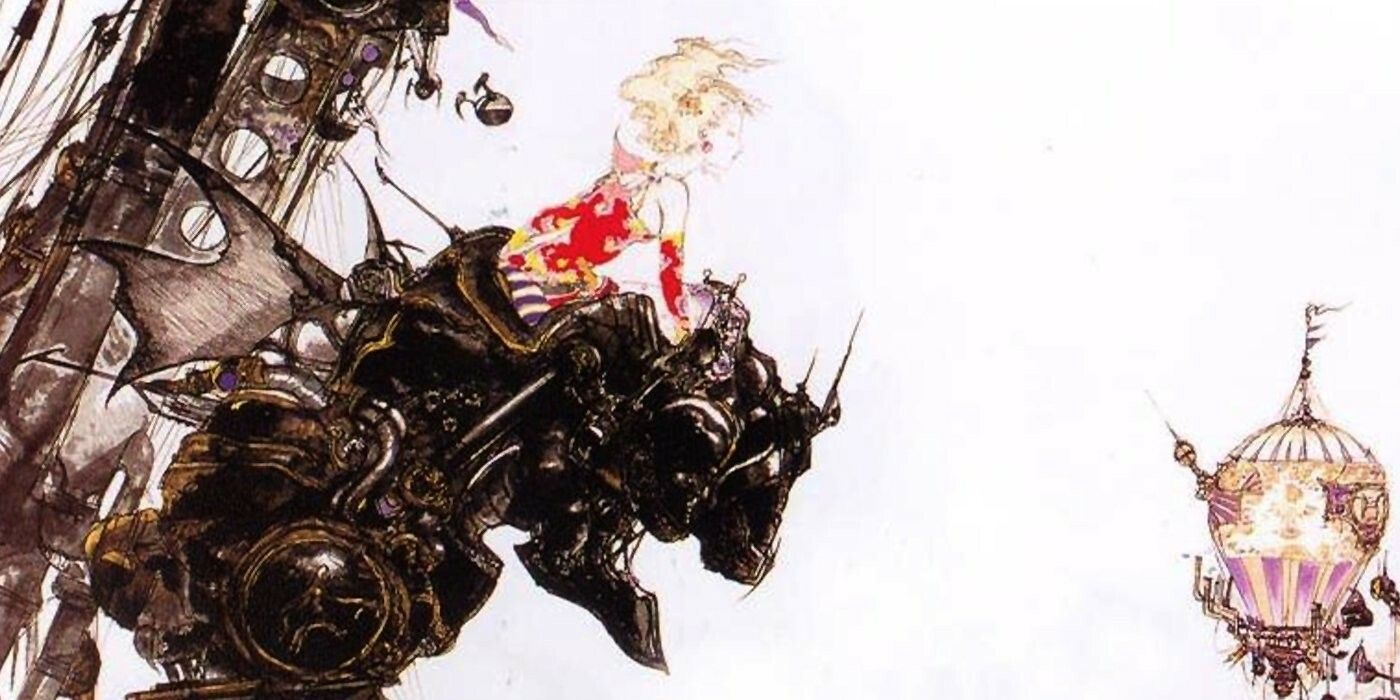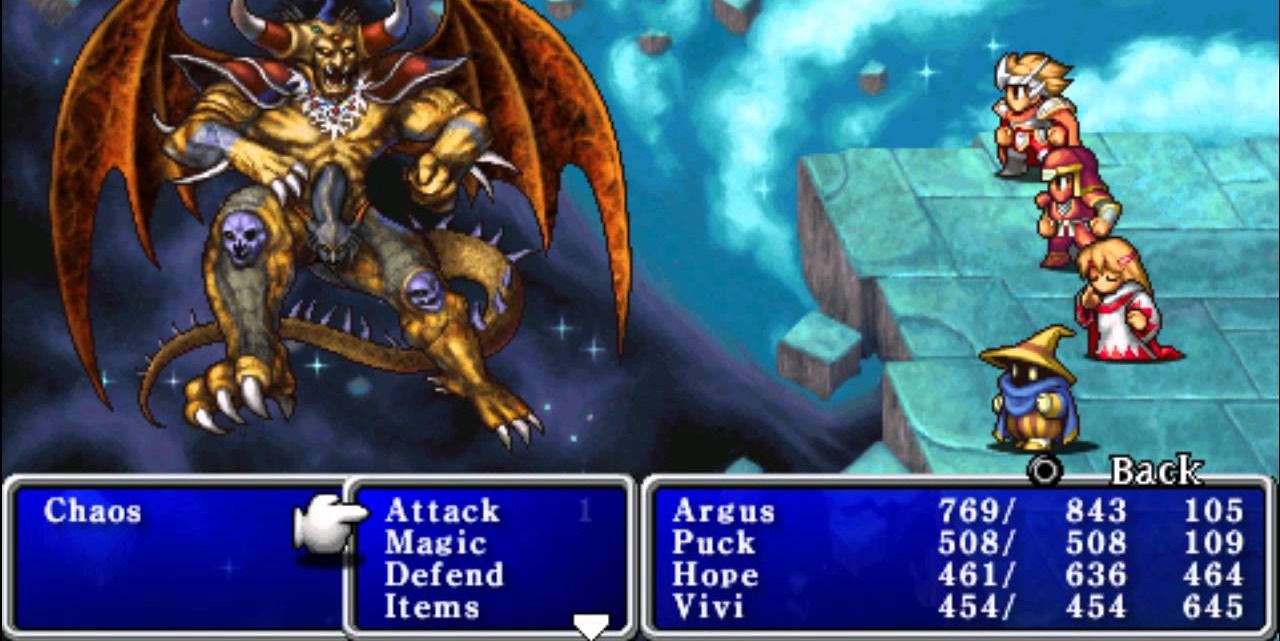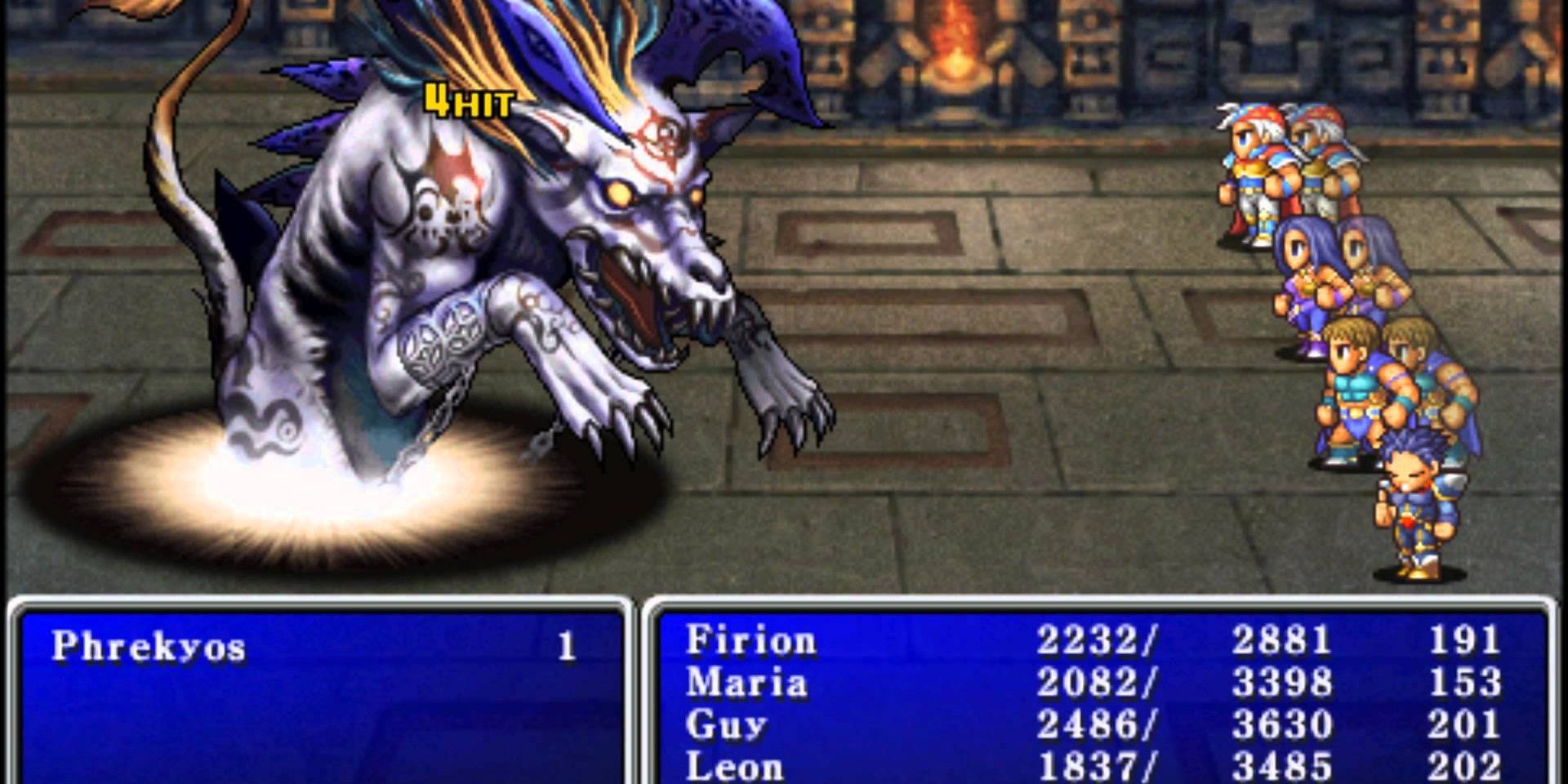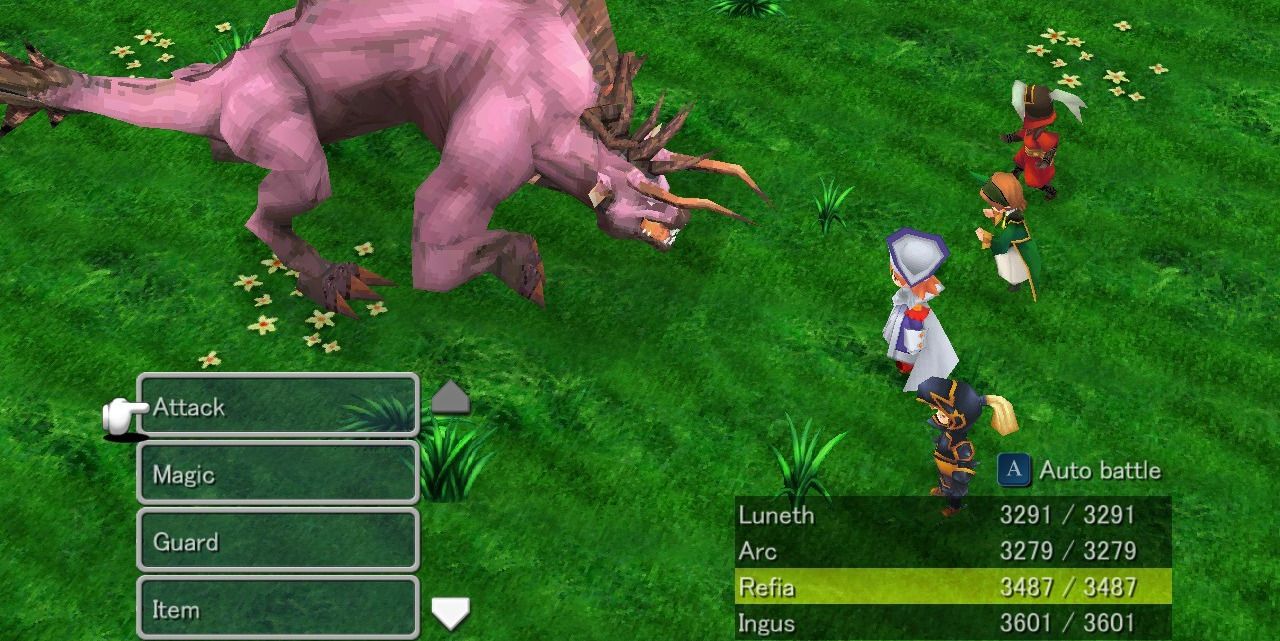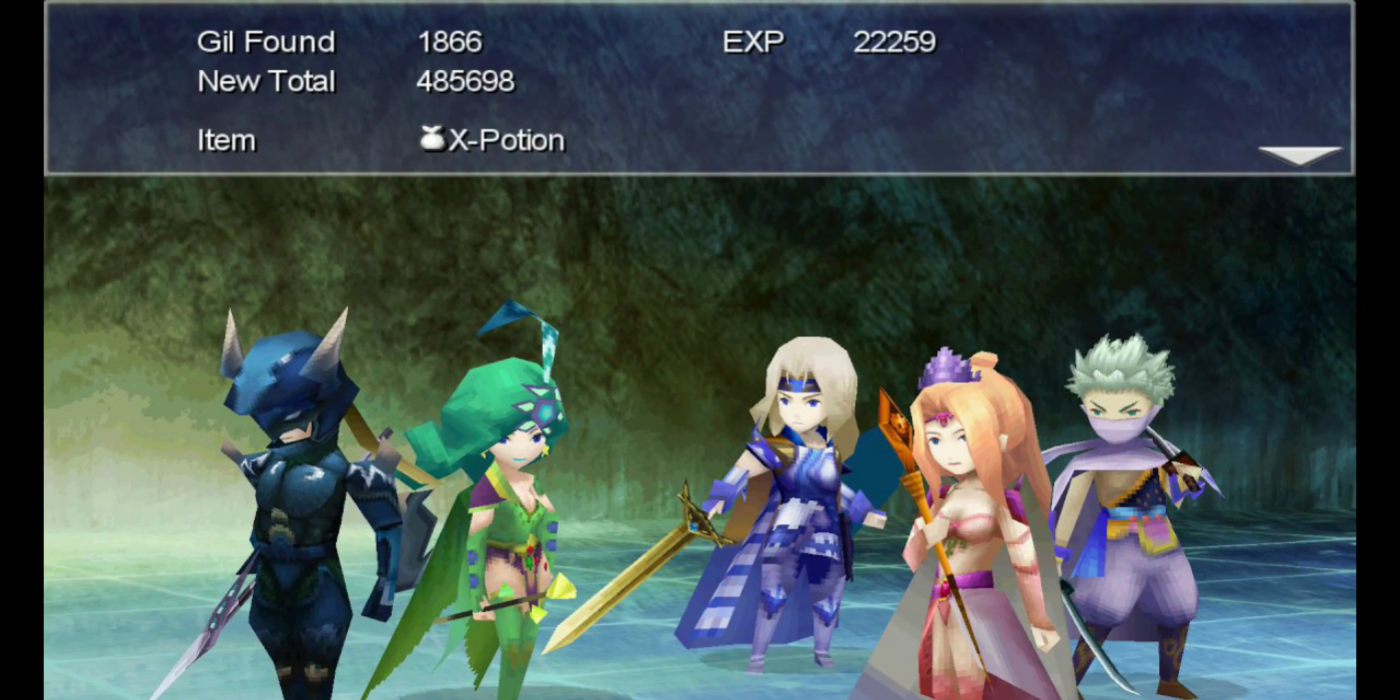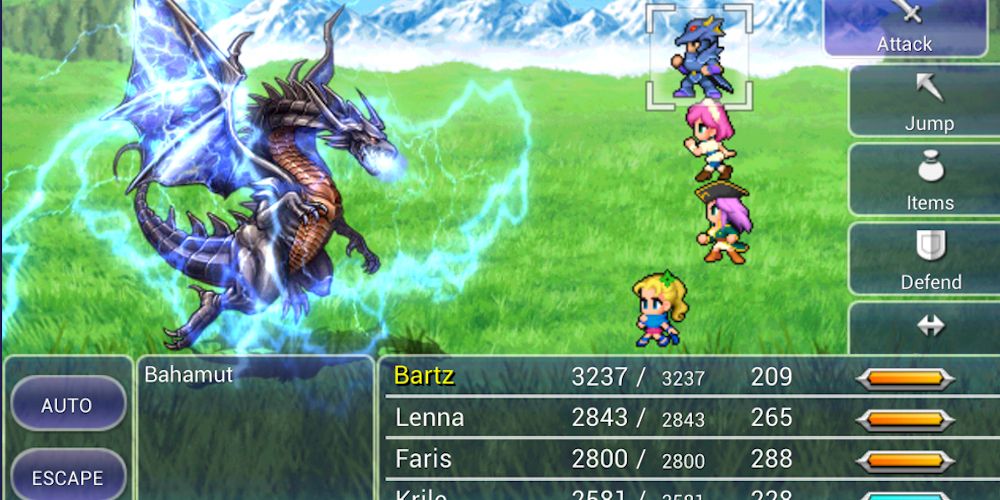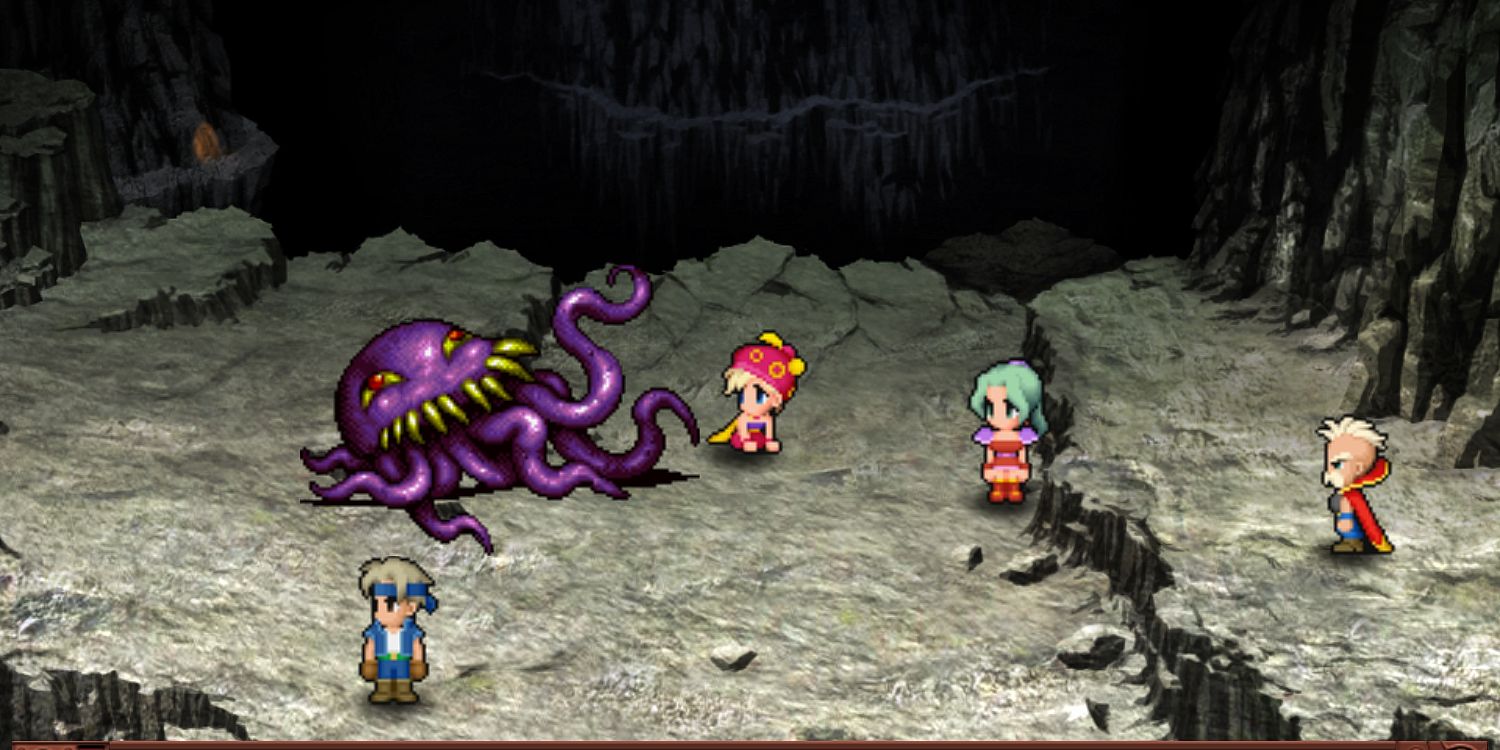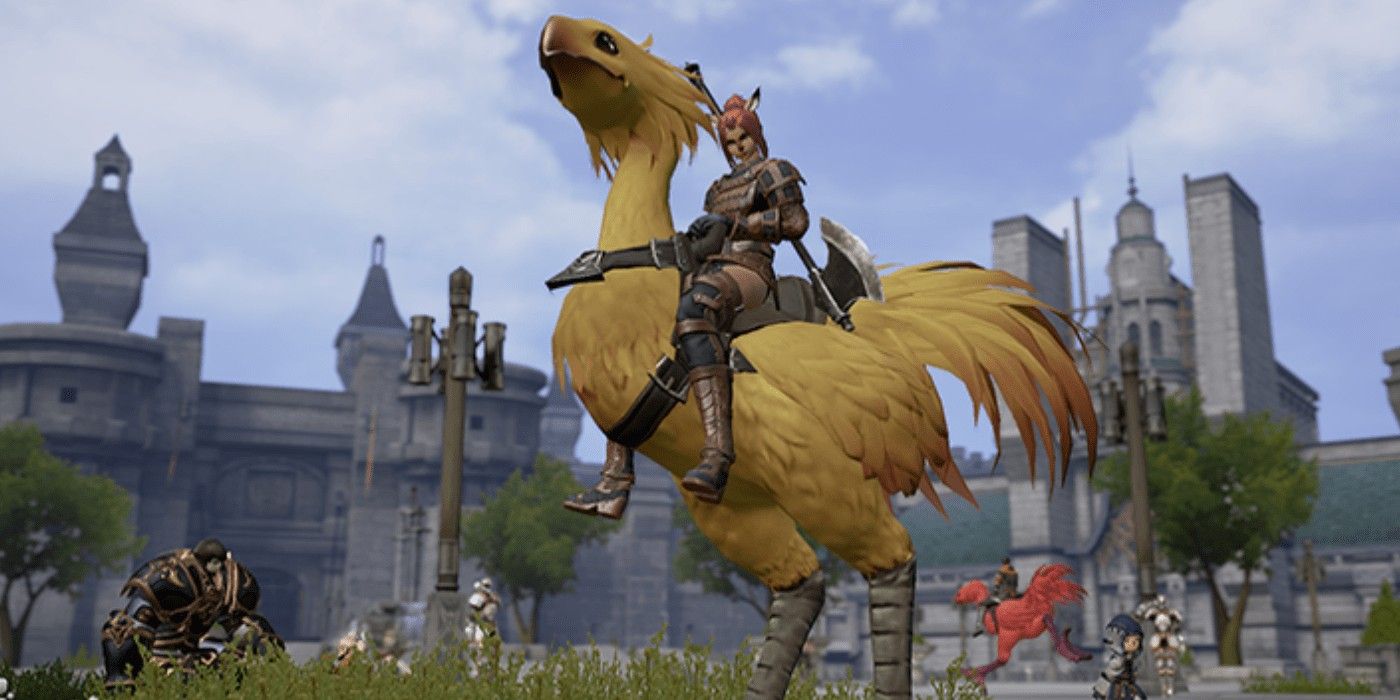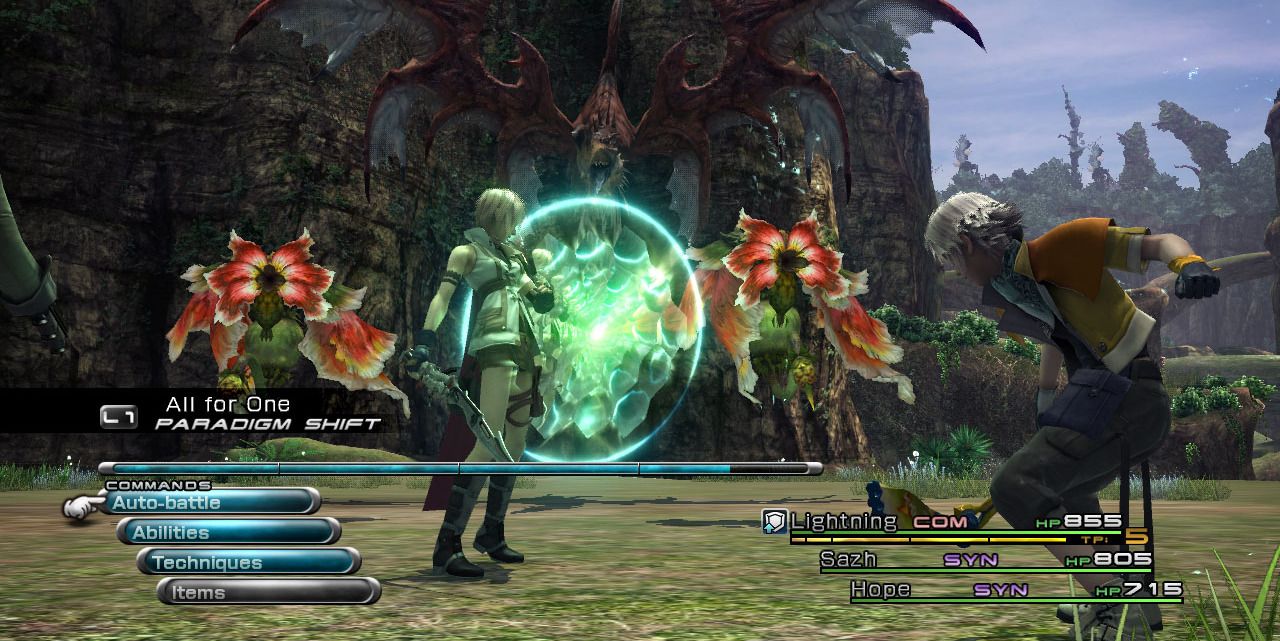The Final Fantasy franchise has endured for over 30 years. The first game released to Japan in 1987, and it’s been going strong ever since. Several of the older entries took a while to be released outside of Japan, but by the mid 2010s, they had all come over. There’s a massive amount of JRPG history available for anyone to dive into at any time, though newer console gamers will notice some large gaps in the Final Fantasy roster.
Every Final Fantasy title is available on a modern platform, but a shocking number of them are not on modern consoles. Final Fantasy 7, 8, 9, 10, 12, 14, and 15 are on just about everything these days, but the other main series games are limited to mobile devices and Steam. It’s interesting to analyze what Final Fantasy’s haven’t been brought forward, and why.
Final Fantasy 1
The classic itself, Final Fantasy 1’s modern platforms are limited to mobile devices. This game is very old and dated, but is still solid RPG comfort food. The current “definitive” version of Final Fantasy 1 is based on the Dawn of Souls edition released in 2004 on the Game Boy Advance, which is in turn a further upgraded version of the 2002 PlayStation remake Final Fantasy Origins. The entire game has been redrawn with a more modern 32-bit look, and it even has a couple CG scenes in its Extras menu. There are also bonus dungeons and optional bosses. It’s far from the best Final Fantasy, but 1 makes a great phone game to play casually.
Final Fantasy 2
Final Fantasy 2, on the other hand, is a bit more unwieldy. This infamous game is often considered to be the worst Final Fantasy, in spite of all the series staples like Cid it introduced. FF2 took the same NES, to PlayStation, to GBA, to mobile route that the first game took, and that means it benefits from modern polish and the Magic Points system present in most JRPGs. Unfortunately, that polish didn’t fix the fundamentally broken levelling and equipment systems, and even though there was a second campaign from Dawn of Souls onward featuring bonus party members, there’s very little reason to play it when it requires a lot of grinding and sacrificing good equipment. FF2 could be done better, but it would need a full-on reimagining to get there.
Final Fantasy 3
Final Fantasy 3 marked the point where the series started getting consistent Steam releases as well as mobile ones. This game, while still dated, introduced the job system that would later go on to define the franchise. The specific version available on mobile and PC is the 3D Nintendo DS remake, which features an expanded script and new characterization for the previously silent heroes. The one mark against this game is that it still uses the classic Dungeons & Dragons system for determining how many charges a spell has left instead of the now-standard MP. It’s fascinating to go back to, but again, hardly anyone would call the original three games the best Final Fantasy has to offer.
Final Fantasy 4
Final Fantasy 4’s mobile and PC release is also a 3D DS remake that has additional content, and can be bought alongside its also remade-in-3D sequel Final Fantasy 4: The After Years, if players wish. Final Fantasy 4 is where the series started to find its identity, and weave job-personifying characters into the story. While the random encounter rate is still high and the overall difficulty has been slightly increased for this remake (the same is true for 3D FF3), the game is still a solid time, and considered one of the classic entries.
Final Fantasy 5
Final Fantasy 5 is next, though unfortunately its re-releases have not been as kind to it as others. Its 1999 PlayStation port was the first time it came to North America, though a later 2006 Game Boy Advance version with cleaned-up visuals is considered the definitive way to play. This holds true even today, as unfortunately the mobile and PC versions were given terrible re-sprites that are universally considered worse than even the Super Famicom originals. The characters look distorted, and much of the pixel detail has been smoothed out of the game. Final Fantasy 5’s enhanced job system is stellar enough that the game can still be recommended, but taking the community’s advice and playing the GBA version is the way to go.
Final Fantasy 6
Tragically, Final Fantasy 6 is in the same state as 5. Depending on whether players want the original English script or a re-translated one, the SNES and GBA versions are once again superior. It’s a shame that the mobile and PC ports are in such a rough state, as many consider FF6 to be in direct competition with Final Fantasy 7 for the best game in the series. Regardless, there are still ways to experience the game at its best, and probably mods to improve the most recent ports.
Final Fantasy 11: Online
Final Fantasy 11: Online marks the jump into the 21st century, and FF11 is an odd entry indeed. As its name indicates, 11 is an MMO, and technically a complete one too. It’s still receiving story updates as of 2021 (which is quite impressive for a 2002 game), and players ready for its specific brand of world exploration and gameplay are still welcome to drop in. However, it is currently only available through PC via Steam. Its other console releases were on the PlayStation 2, and the Xbox 360. While it was planned for mobile platforms, those plans have since fallen through. Final Fantasy 11 is still an interesting and content-rich experience, but right now is only for PC players.
Final Fantasy 13
The most recent main series Final Fantasy not available on modern consoles is probably the strangest. Final Fantasy 13 and its two sequels have not received console re-releases past the PS3 and Xbox 360 generation, although the trilogy is backwards compatible with the Xbox One and Series X/S. The primary modern release of FF13 is a Steam port — though bizarrely enough, it was released for iOS and Android devices via cloud streaming in Japan on April of 2015.
Its sequels followed the same path, which means that at some point, Japanese players streamed Lightning Returns: Final Fantasy 13 on their phones. It still feels surprising to hear about a game receiving a cloud streaming version. Regardless, the likelihood that this trilogy will be collected and re-released on modern consoles is fairly high, so Final Fantasy 13 is likely to return in the future.

